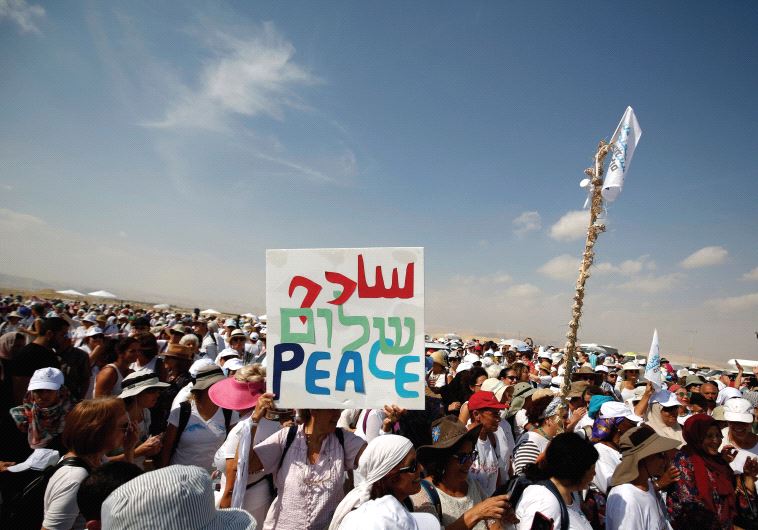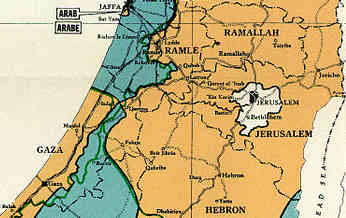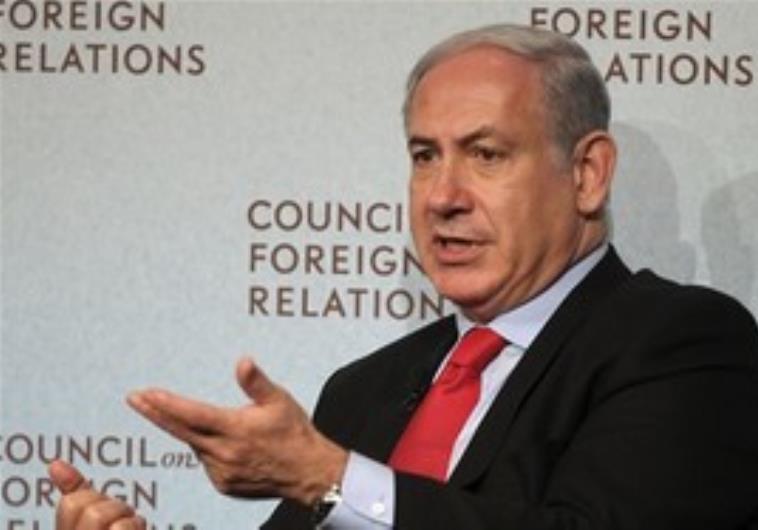PHASE 1 (42 DAYS):
1. Temporary Suspension of Hostilities:
– A temporary cessation of military operations by both sides.
– Israeli forces will withdraw from populated areas in Gaza to a zone along the border, including Wadi Gaza (Netzarim Axis and Kuwait Square).
2. Air Activity Restrictions:
– ??A temporary suspension of military and reconnaissance air operations in Gaza for 10 hours daily.
– Extended to 12 hours on days when hostages and prisoners are released.
3. Return of Displaced Persons and Military Withdrawals:
??Day 7: Following the release of seven Palestinian prisoners, Israeli forces will withdraw entirely from Al-Rashid Street eastward to Salah Al-Din Street, dismantling all military positions. Displaced persons will return to their homes without weapons, and humanitarian aid will flow freely through Al-Rashid Street from the first day.
??Day 22: Israeli forces will withdraw from central Gaza (Netzarim Axis and Kuwait Square) to areas closer to the border, dismantling military positions. Displaced persons will continue returning to their homes across Gaza, and freedom of movement for residents will persist.
4. Humanitarian Aid:
– From the first day, significant amounts of humanitarian aid, relief supplies, and fuel will enter Gaza (600 trucks daily, including 50 fuel trucks). This includes fuel for electricity generation, trade, rubble removal, and operating hospitals, clinics, and bakeries.
5. Hostage and Prisoner Exchange:
– Hamas will release 33 Israeli hostages (alive or deceased), including women, children under 19, elderly individuals over 50, and injured or sick civilians.
??
– For each Israeli released, Israel will release 30 Palestinian minors or women.
??– For each Israeli female soldier released, Israel will release 50 Palestinian prisoners.
6. Release Schedule:
??Day 1: Hamas releases three Israeli civilian hostages.
??Day 7: Hamas releases four additional Israeli civilians.
??– Every seven days, three more Israeli hostages will be released, prioritizing women.
??– By the sixth week, Hamas will release all hostages included in this phase, and Israel will release a corresponding number of Palestinian prisoners.
??– Hamas will provide information on the number of hostages to be released by Day 7.
7. Re-Arrested Prisoners and Exiled Individuals:
??– By Week 6, Israel will release 47 Palestinians re-arrested after the 2011 exchange deal. If the number of live hostages does not reach 33, deceased hostages will be included in the count.
??– Israel will release all Palestinian women and children under 19 detained since October 7, 2023.
8. Conditions:
??
– Compliance with the agreement, including halting military operations, Israeli troop withdrawals, and humanitarian aid, will determine the continuation of exchanges.
??
– Released Palestinian prisoners cannot be re-arrested for the same charges or forced to sign release conditions.
?? PHASE 2 (42 DAYS):
9. Negotiations for Phase 2:
– Indirect negotiations will begin by Day 16 to define the terms of Phase 2, including the release of soldiers and other prisoners.
– Agreement must be finalized by Week 5.
10. Transition to Sustainable Calm:
??– A permanent ceasefire will take effect before further prisoner exchanges, including the release of all Israeli soldiers and civilians in return for an agreed number of Palestinian prisoners.
??– Israeli forces will fully withdraw from Gaza.
?? PHASE 3 (42 DAYS):
11. Final Exchanges and Infrastructure Rebuilding:
??– Both sides will exchange bodies of deceased individuals once identified.
??– A comprehensive Gaza reconstruction plan will be implemented over 3-5 years, including rebuilding homes, infrastructure, and compensating affected individuals. Egypt, Qatar, and the UN will oversee this process.
12. Freedom of Movement and Trade:
– Border crossings will open to allow free movement of goods and people.


